Throughout numismatic history monarchs or other statesmen appeared on coins almost every time, with few exceptions. Mostly fractional denominations were made in a simpler design, sometimes without monarch. As said, monarchs on coins aren’t something special, but on rarer occasions coins depicted a double portrait. This was, most of the time due a king and queen with equal rights. This means that the queen wasn’t just a queen consort but had the same rank as the reigning king.
The second most common reason for a double portrait is commemorative reasons, like an anniversary. In this blog I will discuss some examples.
King William and Queen Mary
William was born as prince of the Dutch royal house of Orange, and he became stadtholder of the Dutch republic in 1672, which he remained until his demise in 1702. After the Dutch invasion of England in 1688, William and his wife were coronated together in Westminster abbey on April 11, 1689.
This coronation was a special one, because they were crowned as joint sovereigns. This means that the they were both equal monarchs. None of them had the title ‘King Consort’ or ‘Queen Consort’. Queen Mary died in 1694, leading to the lone reign of William III. William demised in 1702 after a severe fall of his horse. On the coins of their coinage, they were always both depicted. In the front was King William depicted and in the back was Queen Mary. After the death of the queen, William was depicted alone on the English coins. The coins from the joint coinage are considerably rare.
30,100.00 US$
Weight: 41.70 g
London, Elephant and castle below conjoined busts right
3,199.99 US$
Catalog: S.3433
TERTIO on the edge
1,500.00 US$
Catalog: Seaby 3434
Weight: 14.51 g – Diameter: 33.30 mm
Obverse: portraits of William and Mary right Reverse: crowned coat of arms First year of issue and coronation year Attractive dark toning
L’indépendance Belgigue
In 1815 Dutch Republic, after years of French occupation, reformed itself to a monarchy with the Prince of Orange, William, as king. King William the first became King of all Netherlands (including current Belgium). He also became the Duke of Luxemburg. He reigned until his demise in 1840, succeeded by his son, William the second. Under William the first his reign Belgium became a sovereign state. This was something the authoritarian King did not want. He asked both France and the United Kingdom for help, both were given but not to the Netherlands. The aid of the two countries were given to Belgium.
After winning the independence from the Netherlands The United Kingdom suggested that a constitutional monarchy be created. They made the son of the Duke of Saxe-Coburg (one of the biggest noble families in temporary Europe) Leopold the First king of all Belgians. He was coronated in 1831 and demised in 1865 and was succeeded by his son, Leopold the second. To commemorate the Independence of the sovereign state of Belgium the mint released a Franc coin depicting father (Leopold the First) and his son (Leopold the Second). This is a very wanted coin by Belgian coin collectors.
450.00 US$
Catalog: KM:39
Weight: 10.00 g
Mintage: 118,000
ugate heads of Leopold I and Leopold II right, Legend in French,LEOPOLD ILEOPOLD II
250.00 US$
50th Anniversary of Independence
Catalog: KM# 38
Low Mintage-545,000
ONE YEAR TYPE
Obverse: Jugate heads of Leopold I and Leopold II right
Obverse Legend: LEOPOLD ILEOPOLD II
Reverse: Crowned arms on ornate shield divide denomination
Reverse Legend: ROYAUME DE BELGIQUE
Coronation Medals
The consequence of the death of monarch is that the new one must be crowned. In most western countries the monarch is crowned in a church because he is chosen by God to fulfill his duty as King. To commemorate the crowing of a monarch Royals mints but also private businesses strike medals depicting the crowned King or Queen. Mostly often, the King or Queen consort is also depicted on the medals. In rarer occasions there are two monarchs depicted on the medals because of a joint monarchy. The coronation medals are widely collected by diverse people groups, in addition to royalty collectors. They are date back to the 15th century, like the first English one which is dated in 1555.
1,199.00 US$
Medal from the coronation of King Oscar II and Queen Sophie in 1873. Kullrich/Weigand. Choice Mint State / prooflike condition. Original box included. Rev.: Clio. Kvist 55. 28,7 g. Protocol no. 3519
335.00 US$
Diameter: 57 mm
Coronation Huge Medal Silver Matte. (Special Strike) Rainbow Toned.
Crowned and draped, GEORGE VI CROWNED 12 MAY 1937
Reverse : Bust 1., crowned and draped, QVEEN ELIZABETH 12 MAY 1937
PCGS Cert Number Verification: 39739929
Written by
Joël van Dam, Owner of Joëlnumismatics.
About Us:
MA-Shops.com, The World’s Most Trusted Numismatic Marketplace, offers more than a million ancient, U.S. and ancient coins, along with medals, banknotes, militaria and antiquities. Our vibrant collection is offered by verified and Certified Dealers from around the world. Collectors can search, select and purchase conveniently and confidently knowing every item is authentic and guaranteed. Founded in 2005 by Joachim Schwiening, MA-Shops has offices in Germany and the US.
To become a dealer or for more information, contact us at
MA-Shops.com
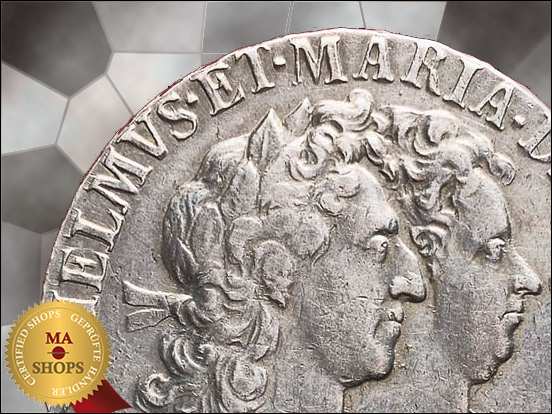 Coins Depict King And Queen
Coins Depict King And Queen
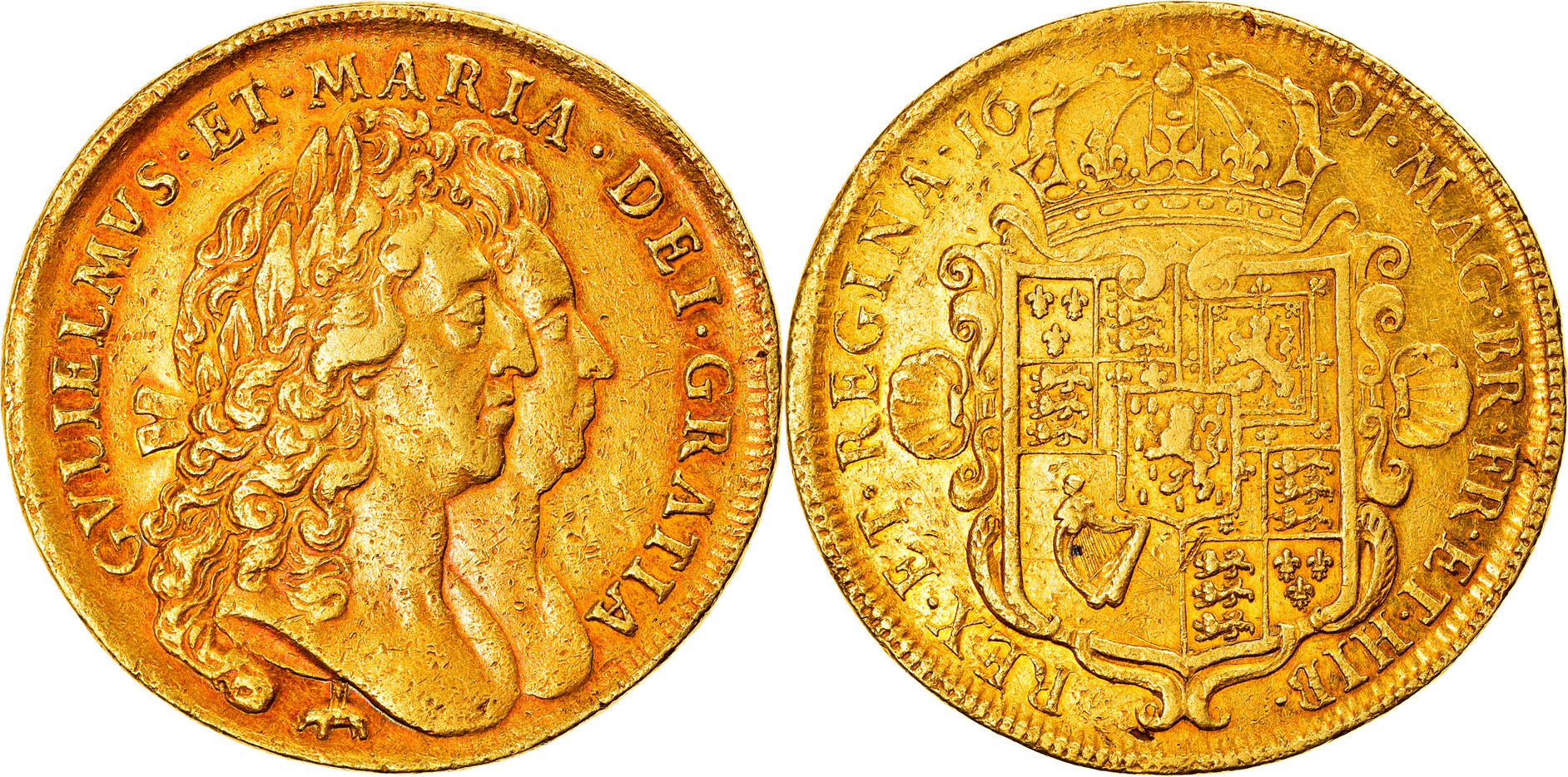 Great Britain 5 Guineas 1691 William and Mary
Great Britain 5 Guineas 1691 William and Mary Great Britain 1691 William and Mary Crown PCGS
Great Britain 1691 William and Mary Crown PCGS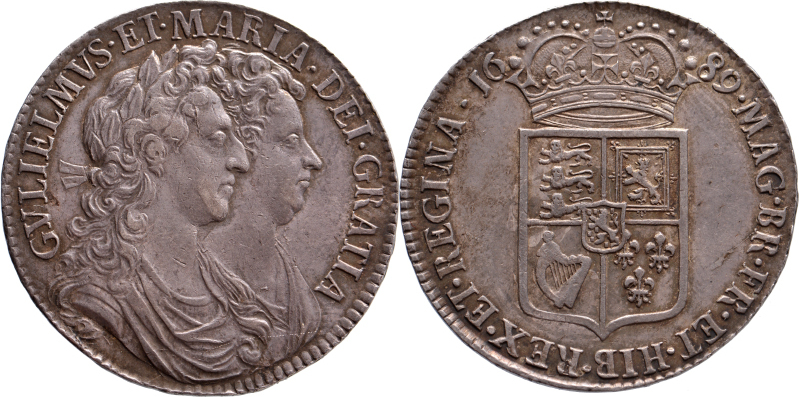 Great Britain 1689 London ½ crown William & Mary
Great Britain 1689 London ½ crown William & Mary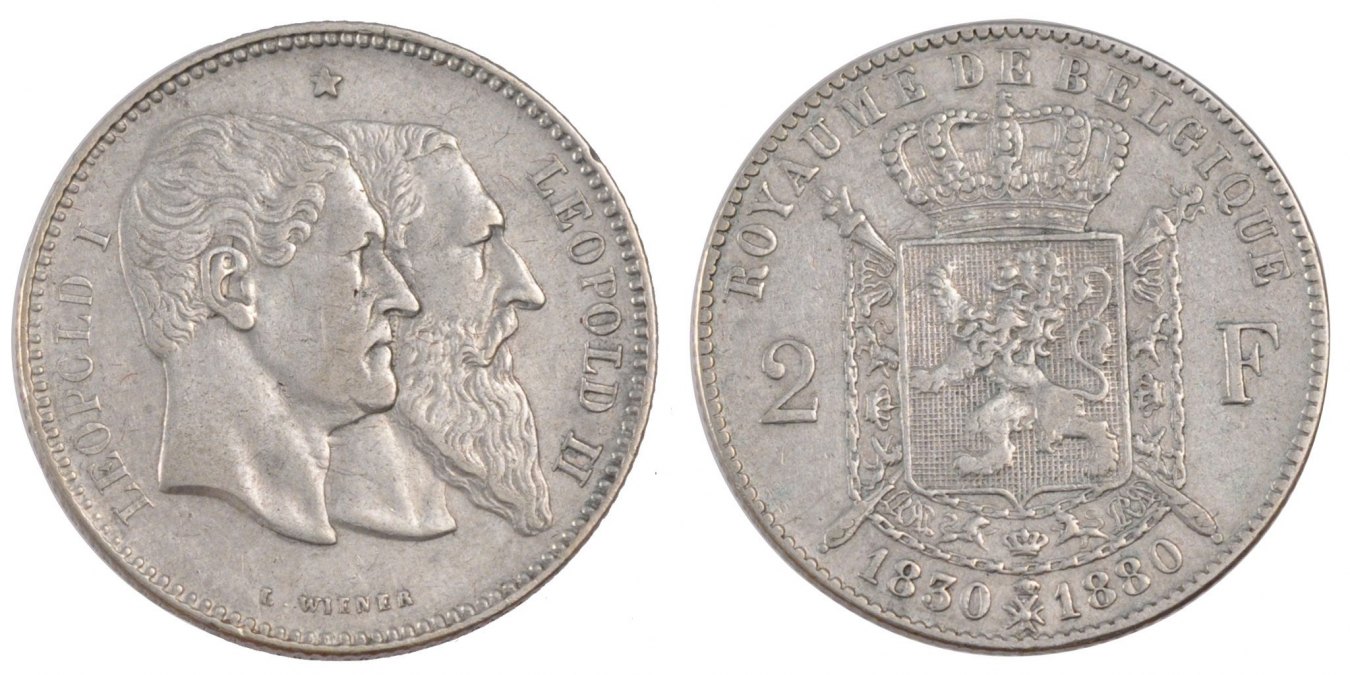 Belgium 2 Francs 1880 Leopold II Silver
Belgium 2 Francs 1880 Leopold II Silver 1 Franc Belgium Leopold II Silver 1880 NGC
1 Franc Belgium Leopold II Silver 1880 NGC 1873 The Coronation of Oscar II and Sophie
1873 The Coronation of Oscar II and Sophie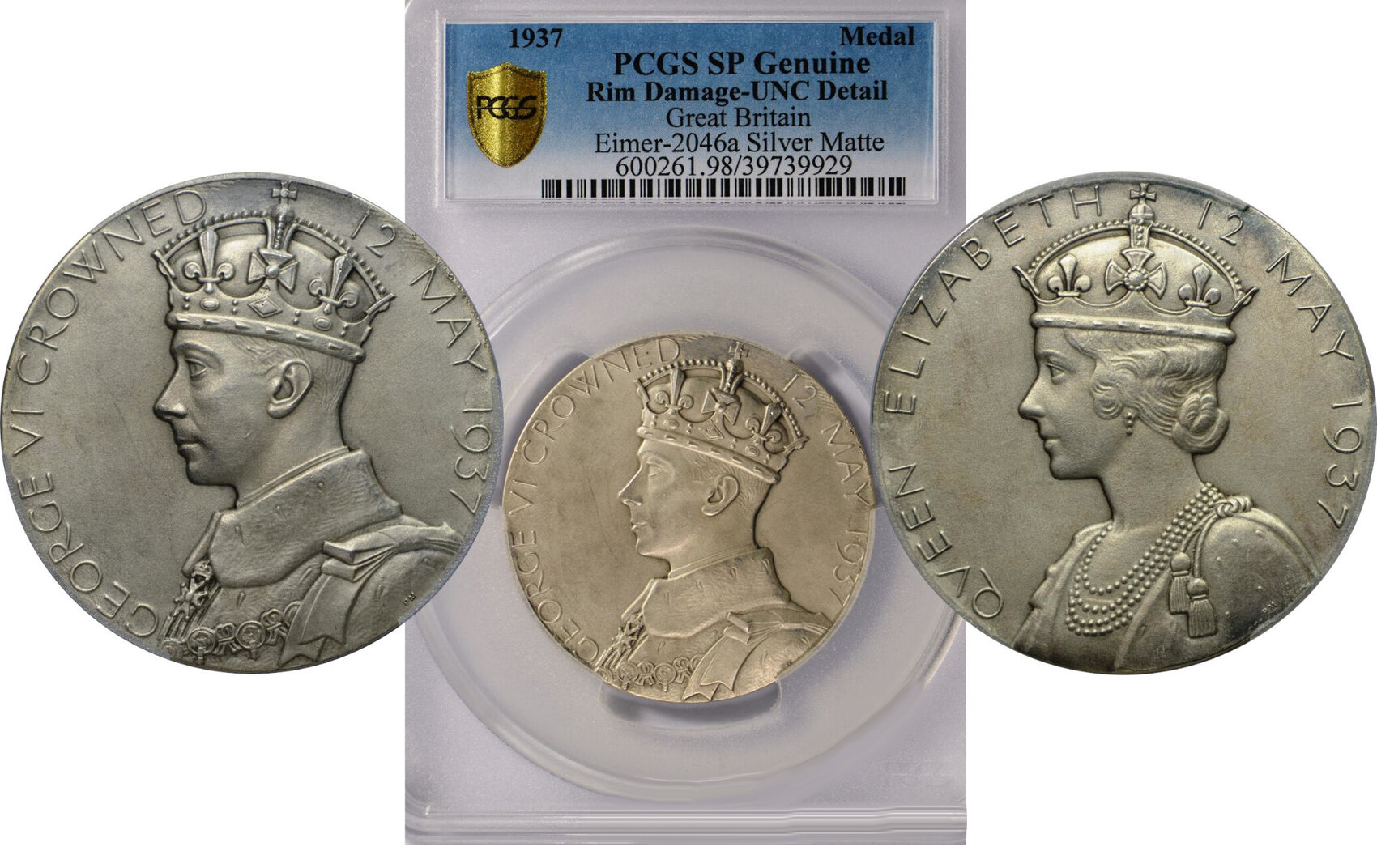 Great Britain Silver Large Medal George VI 1937 PCGS
Great Britain Silver Large Medal George VI 1937 PCGS